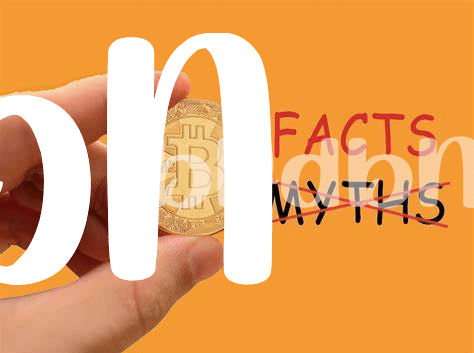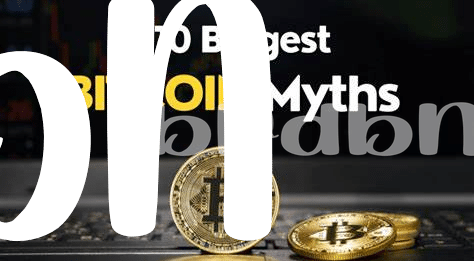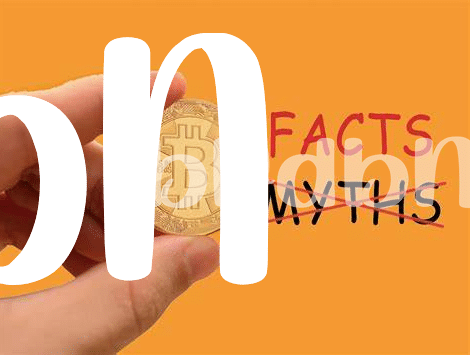🌍 What Is Bitcoin Mining and Why Does It Matter?

Imagine digging for digital treasure using computers instead of shovels. That’s a simple way to look at Bitcoin mining. It’s like a big puzzle game where powerful computers compete to solve complex math problems; the first one to figure it out gets a prize in the form of Bitcoin. This process is crucial because it not only releases new Bitcoin into circulation but also keeps the Bitcoin network safe and secure by verifying transactions. It’s a core part of what makes Bitcoin work.
However, there’s a catch. Just like traditional mining can affect our planet, so can mining for Bitcoin, but in a different way. It uses a lot of electricity — the kind that could power whole countries. Why? Because the computers needed to solve those puzzles require a huge amount of power to run day and night. This has raised concerns about how eco-friendly Bitcoin really is. Here’s a quick look into how much energy Bitcoin mining consumes compared to some countries based on estimates:
| Entity | Estimated Annual Electricity Consumption (TWh) |
|---|---|
| Bitcoin Network | 125 |
| Argentina | 121 |
| Norway | 124 |
These figures show the scale of energy used, sparking a global conversation about the environmental impact of Bitcoin mining and pushing for more sustainable ways to keep the Bitcoin universe ticking.
💡 Unpacking the Energy Consumption of Bitcoin
Bitcoin, a name everyone seems to chatter about, isn’t just a digital treasure trove but also a power guzzler. Imagine a giant, invisible machine that needs lots of electricity to run; that’s sort of what mining Bitcoin is like. It’s like a massive puzzle, and solving it requires a truckload of computing power, which, in turn, chows down electricity. Now, you might wonder, “How much electricity are we talking about?” Well, it’s a lot. To put it in perspective, the amount of energy Bitcoin mining consumes is comparable to that of entire countries! But why does this matter? It’s all about the environment. The more energy we use, the more we rely on power sources that may not be kind to our planet. However, don’t lose hope just yet. There’s a conversation bubbling up about making this process more Earth-friendly. Also, for those eager to dive deeper into the digital currency realm, discovering how small businesses manage Bitcoin fees can offer more insights https://wikicrypto.news/nfts-demystified-what-they-are-and-why-they-matter.
🌱 Can Bitcoin Mining Be Environmentally Friendly?

When we think about bitcoin mining, we often imagine it guzzling energy like a thirsty elephant. But let’s take a step back and consider a different perspective. The truth is, bitcoin and the environment might just be able to get along. It’s all about how we power up those mining operations. Around the globe, some miners are turning to greener pastures, tapping into renewable energy sources like wind, solar, and hydroelectric power. These sustainable choices aim to lessen the environmental impact and begin to paint bitcoin in a greener hue.
Transitioning to a more eco-friendly model, some mining hubs are setting up shop where green energy is abundant and cheap. This strategy not only reduces the carbon footprint but also slashes electricity costs, a win-win in the bitcoin universe. Innovations continue to sprout, with technology aimed at enhancing energy efficiency and cutting down waste. The journey towards greener mining is like switching from a gas-guzzling truck to an electric scooter — it’s about making smarter choices that benefit both the wallet and the world.
🛠️ Innovations Reducing Bitcoin’s Carbon Footprint

As the digital gold rush continues, the quest for more eco-friendly mining methods has taken center stage. Innovators are turning to renewable energy sources like solar, wind, and hydroelectric power to keep those digital pickaxes swinging without hurting our planet. Imagine sprawling fields soaked in sunlight or towering windmills, all working to mine the next block. Meanwhile, some are diving into the idea of using excess gas from oil fields—a byproduct that would otherwise go to waste—to power mining operations. This not only helps in cutting down carbon emissions but also turns a problem into a solution. Moreover, with advancements in technology, more energy-efficient mining hardware is hitting the market, reducing the amount of electricity needed to create Bitcoin. This journey towards sustainability isn’t just a solo venture; it’s a collective endeavor aiming for a greener future. For those interested in how these changes also benefit the financial side, bitcoin for small businesses explained offers insights into securing and maximizing Bitcoin transactions while keeping an eye on privacy and efficiency.
🌎 Comparing Bitcoin to Traditional Banking Systems
When we think about spending, saving, or transferring money, traditional banks often come to mind, with their vast networks of physical branches, ATMs, and electronic banking services. However, the digital world of Bitcoin operates quite differently, swapping brick-and-mortar buildings for an online presence, and human tellers for complex algorithms. If we’re comparing their environmental paw prints, it’s a bit like comparing apples to spaceships. Traditional banks need electricity for their buildings, electronic services, and all those ATM machines, not to mention the travel footprint of their customers and staff. On the flip side, Bitcoin’s energy usage is almost entirely down to the mining process, which, though hefty, is becoming more efficient with every innovation. Here’s a simple table showing some key differences:
| Aspect | Traditional Banking | Bitcoin |
|---|---|---|
| Physical Infrastructure | Yes (Branches, ATMs) | No |
| Energy for Operations | Electricity for branches, ATMs, and travel | Electricity for mining and transactions |
| Innovation for Efficiency | Gradual improvements | Rapid, technology-driven |
Through this lens, it’s important to acknowledge the significant strides both sectors are making towards sustainability, albeit through different paths. Yet, the transformative potential of Bitcoin suggests a fundamentally different approach to how we might conduct our financial affairs in a more energy-efficient future.
🔍 the Future of Bitcoin and Green Technology

As we look ahead, there’s a growing buzz around making Bitcoin friendlier to our planet. Innovators are blending green tech magic💫 with digital currency to turn a new leaf 🍃. Think of it as adding a green thread to Bitcoin’s fabric, transforming how it impacts our world. This isn’t just about making things better for today but ensuring a brighter, cleaner tomorrow. By weaving together the advances in renewable energy and cutting-edge technologies, the journey towards a more eco-conscious Bitcoin is gaining momentum. It’s a path paved with potential, leading us to a world where financial innovation and environmental health go hand in hand.
On this green horizon, the conversation about Bitcoin and its footprint is shifting. Instead of focusing solely on energy use, we’re starting to see a balance between growth and sustainability. Through innovative solutions, like the use of surplus renewable energy for mining, Bitcoin is slowly carving a niche for itself in the green technology space. For those eager to dive deeper into this fascinating blend of digital currency and environmental stewardship, understanding the nuts and bolts is crucial. For this reason, exploring bitcoin and NFTs explained could provide you with essential insights. As the tide turns, the future holds promising opportunities for Bitcoin to not just coexist with our environment but to actively contribute to its well-being, all while redefining the essence of digital currency in our lives. The dance between innovation and preservation is just beginning, inviting all of us to be part of this thrilling evolution.
